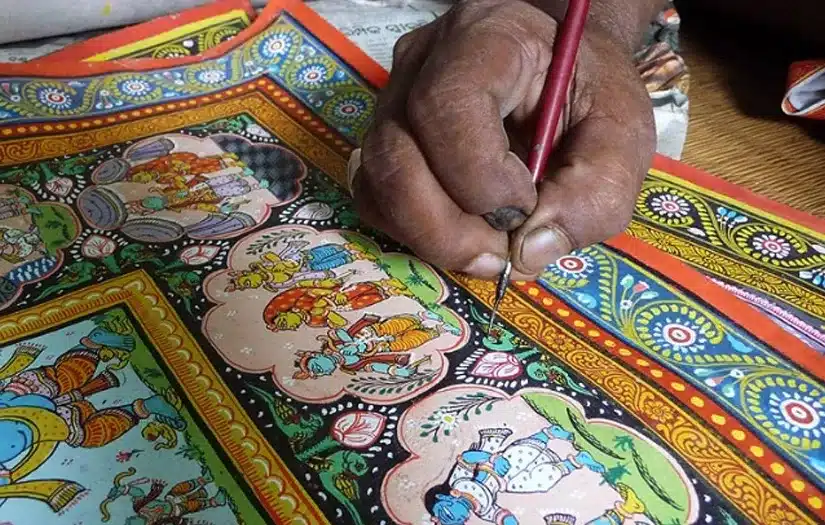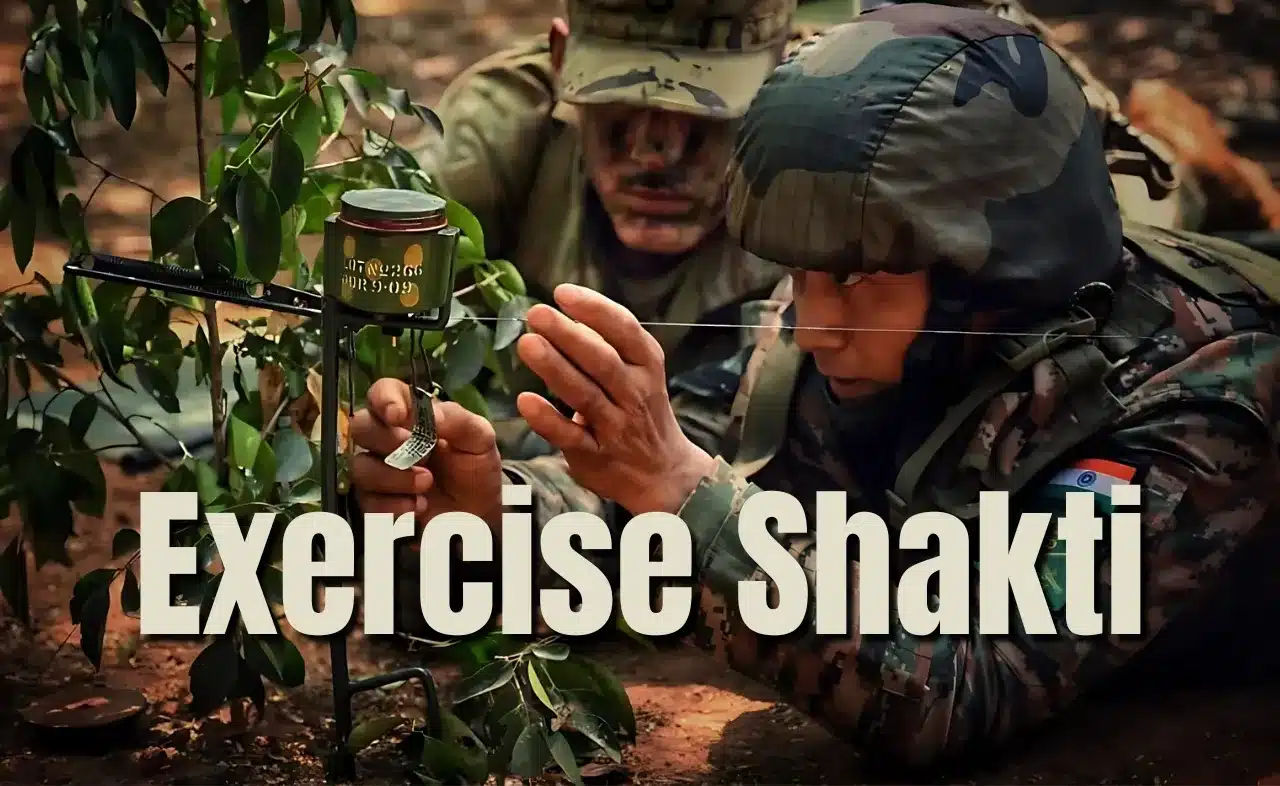About Patachitra Painting:
- Patachitra, or Pattachitra, is a general term for traditional, cloth-based scroll painting based in the eastern Indian states of Odisha and West Bengal.
- It is believed to have originated as early as the 12th century.
- In the Sanskrit language, “Patta” literally means “cloth” and “Chitra” means “picture”.
- It is known for its intricate details as well as the mythological narratives and folktales inscribed in it.
- Most of these paintings depict stories of Hindu deities.
- Pattachitra is one of the ancient artworks of Odisha, originally createdfor ritual useand as souvenirs for pilgrims to Puri, as well as other temples in Odisha.
- Patachitras are a component ofancient Bengali narrative art, originally serving as a visual device during the performance of a song.
- Making:
- Pattachitra paintings are made on a special canvas where cotton sarees are layered with tamarind paste and then coated with clay powder.
- Traditionally, cotton canvas was used; now, both cotton and silk canvas are used for paintings.
- Once the canvas becomes sturdy, colours are filled in directlywithout any initial sketches. It is a tradition to complete the borders of the painting first.
- All colours are obtained from natural sources like lamp soot and powdered conch shells.
- Each painting can take up to weeks or months to be prepared.
Q1: What are Madhubani paintings?
It is a style of Indian painting, practiced in the Mithila region of India and Nepal. It was named after Madhubani District of Bihar, India which is where it originated. The Madhubani paintings is an ancient style of painting that originates 2500 years ago.It depicts various subjects such as Mythological characters, social events like Marriages and Festivals, Sun and Moon etc. Geometrical figures are key elements. Natural dyes are used in its creation. These colours are often bright. It is made on canvas, cloth or cow dung washed hand paper.
Source: Naya’s women patuas are preserving a traditional artform while also securing a livelihood & identity
Last updated on June, 2025
→ UPSC Notification 2025 was released on 22nd January 2025.
→ UPSC Prelims Result 2025 is out now for the CSE held on 25 May 2025.
→ UPSC Prelims Question Paper 2025 and Unofficial Prelims Answer Key 2025 are available now.
→ UPSC Calendar 2026 is released on 15th May, 2025.
→ The UPSC Vacancy 2025 were released 1129, out of which 979 were for UPSC CSE and remaining 150 are for UPSC IFoS.
→ UPSC Mains 2025 will be conducted on 22nd August 2025.
→ UPSC Prelims 2026 will be conducted on 24th May, 2026 & UPSC Mains 2026 will be conducted on 21st August 2026.
→ The UPSC Selection Process is of 3 stages-Prelims, Mains and Interview.
→ UPSC Result 2024 is released with latest UPSC Marksheet 2024. Check Now!
→ UPSC Toppers List 2024 is released now. Shakti Dubey is UPSC AIR 1 2024 Topper.
→ Also check Best IAS Coaching in Delhi






















